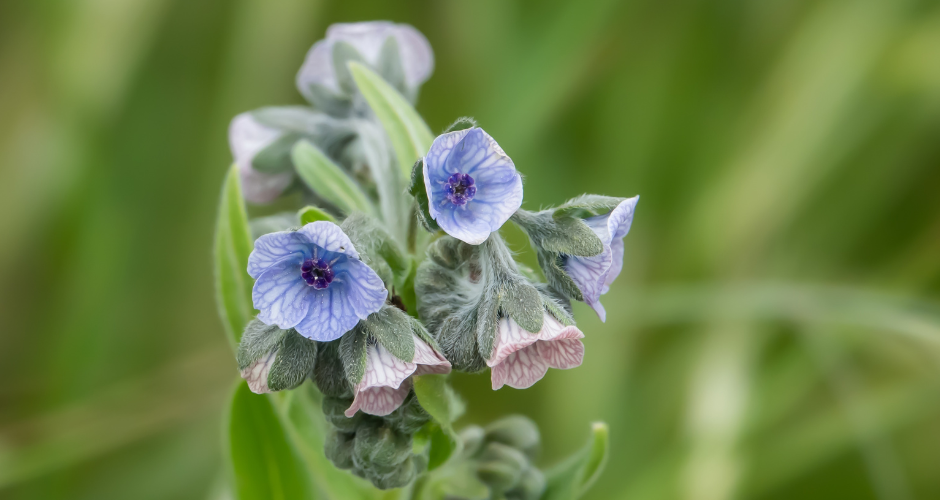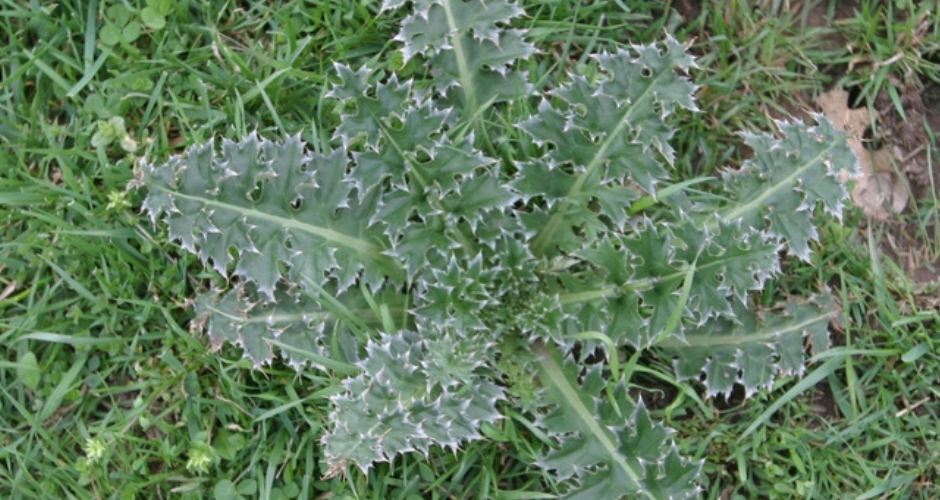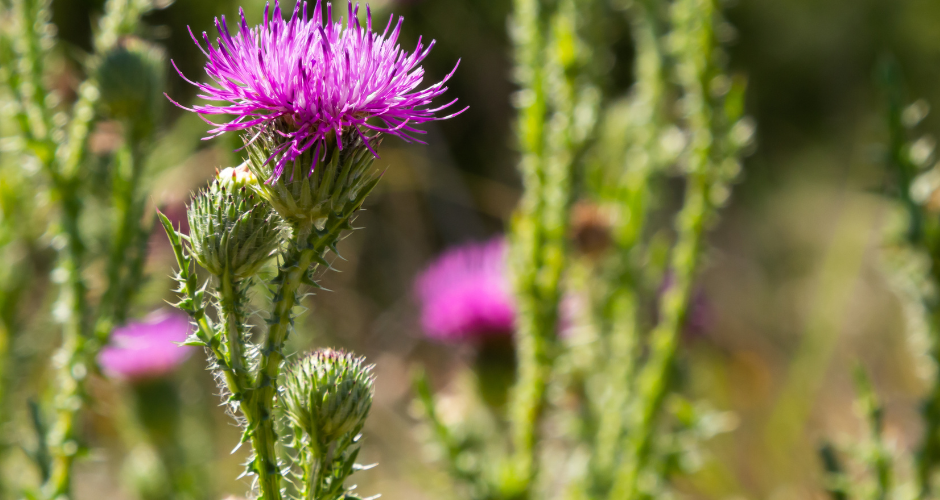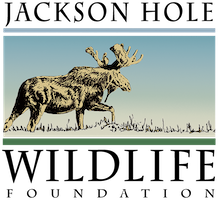Invasive Weed Removal
Protecting Ecosystems, One Weed at a Time
Get into the Weeds with Us
Invasive weed removal is essential to the health of the Greater Yellowstone Ecosystem, where non-native plants outcompete native vegetation, reducing food and shelter for wildlife. These invasive species disrupt ecosystems by altering soil composition and preventing native plant growth, which many animals, including elk and grizzly bears, depend on. Removing invasive weeds restores habitats, helping wildlife access the resources they need to survive.
Weed removal also protects grazing areas and waterways by preventing soil degradation and erosion caused by invasive plants. Healthy native vegetation stabilizes riverbanks and supports aquatic ecosystems, benefiting species at all levels of the food chain. These efforts preserve the unique biodiversity and resilience of this iconic ecosystem.
Volunteer: Get Down and Dirty
It’s time to get your hands dirty for wildlife—join us in tackling invasive weeds and restoring native habitats!
Why Pulling Invasive Weeds Matters to Native Habitats
Protecting Native Plant Species
Invasive weeds outcompete native plants for sunlight, water, and nutrients, often leading to the decline or disappearance of indigenous species.
Preventing Soil Degradation
Many invasive weeds have shallow root systems that can increase soil erosion when they dominate an area while native plants have deeper roots that stabilize the soil and maintain healthy ecosystems.
Supporting Wildlife
Native plants provide food and shelter for local wildlife. Invasive species disrupt these ecosystems by displacing native vegetation, reducing critical resources that wildlife depend on for survival.
Stopping the Spread of Harmful Invaders
Regularly removing invasive weeds prevents their aggressive spread and reduces their long-term impact on native ecosystems.
Invasive Weeds to Look For
Musk and Bull Thistle
- Outcompete Native Plants: These invasive thistles form dense patches, monopolizing sunlight, water, and soil nutrients, leaving little room for native plants to grow.
- Disrupt Foraging Patterns: Their sharp, spiny structures deter wildlife from accessing food and shelter in infested areas, reducing the availability of critical resources for animals.
- Soil Erosion: By dominating native plants with stronger root systems, thistles can increase soil erosion, destabilizing the ecosystem.
Houndstongue
- Toxic to Grazing Animals: Houndstongue contains alkaloids that are toxic to livestock and some wildlife if consumed, posing a threat to animals that depend on the area for food.
- Velcro-like Seed Spread: Its seeds stick to animals, clothing, and tools, allowing it to spread rapidly and invade new areas, displacing native vegetation.
- Decreases Biodiversity: Houndstongue grows in dense patches, crowding out native plants and reducing the diversity of flora needed to support healthy ecosystems.



Jackson Hole Wildlife Foundation
Tax ID # 83-0302830
Office Location:
25 S. Willow St., Suite 10
Jackson, WY 83001
Mailing Address:
PO Box 8042
Jackson, WY 83002
All rights reserved.
Privacy Policy

